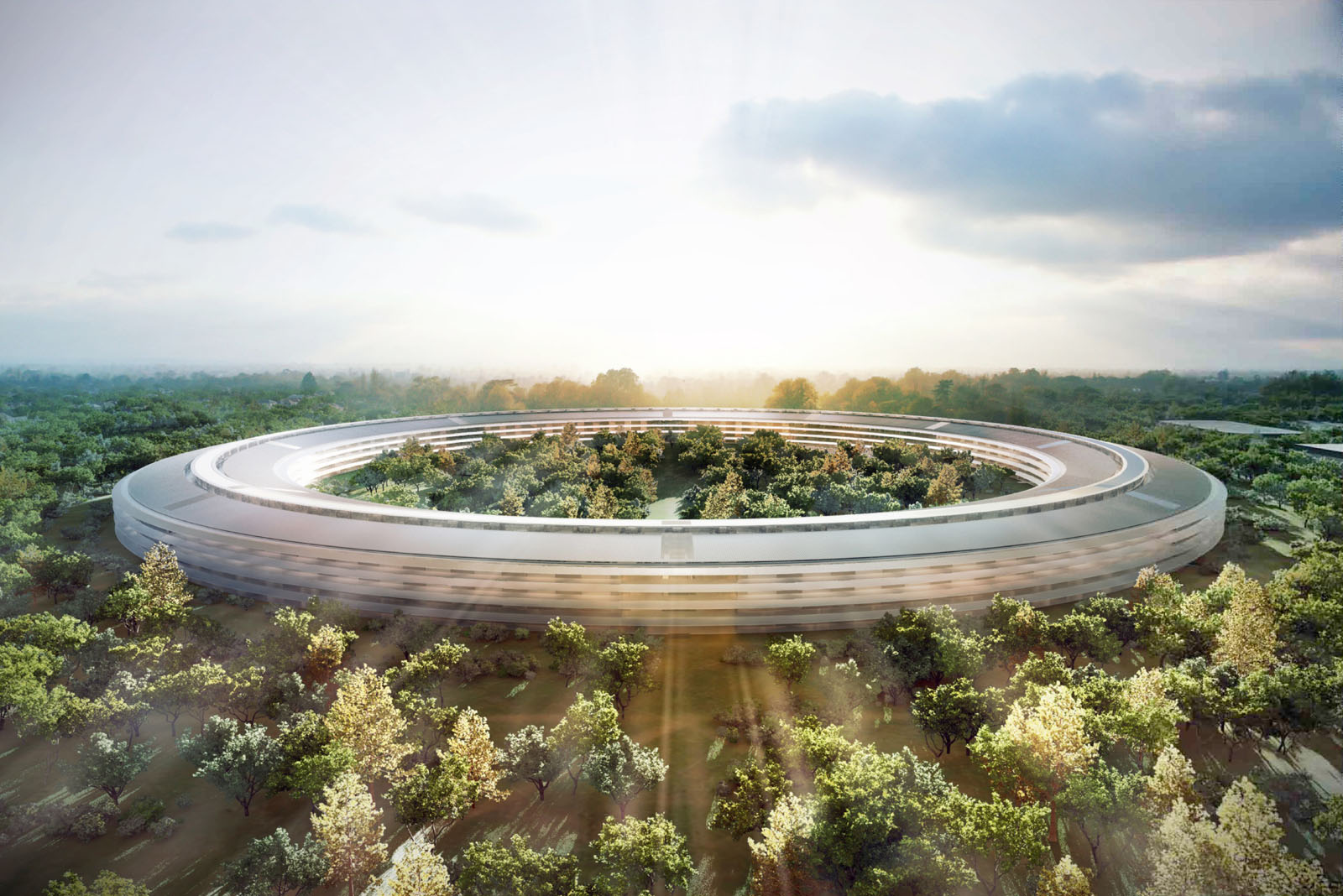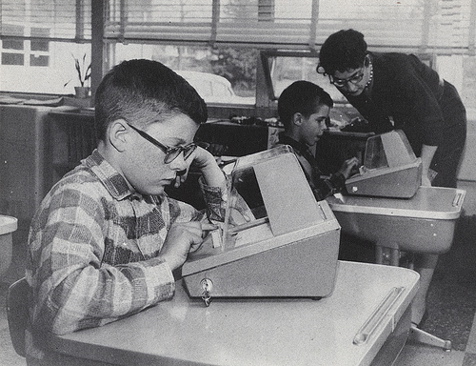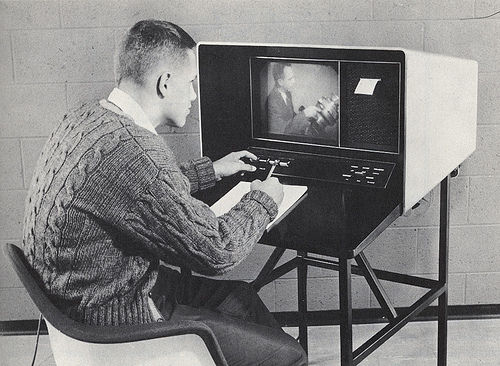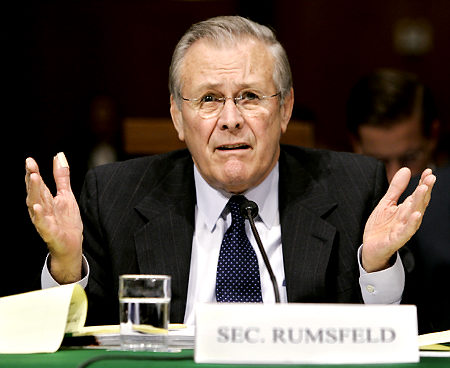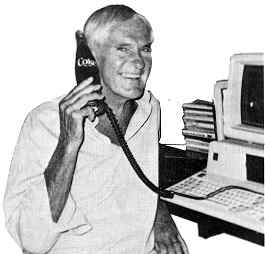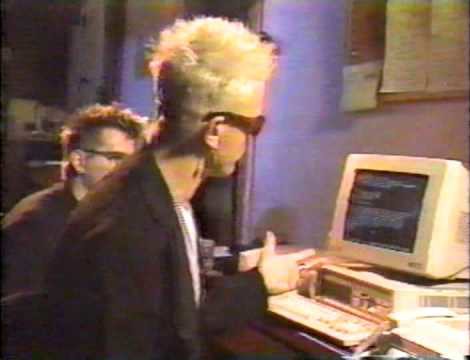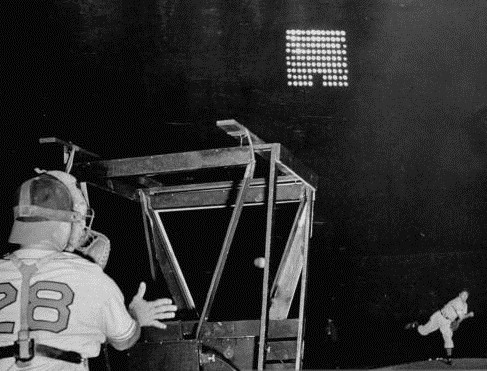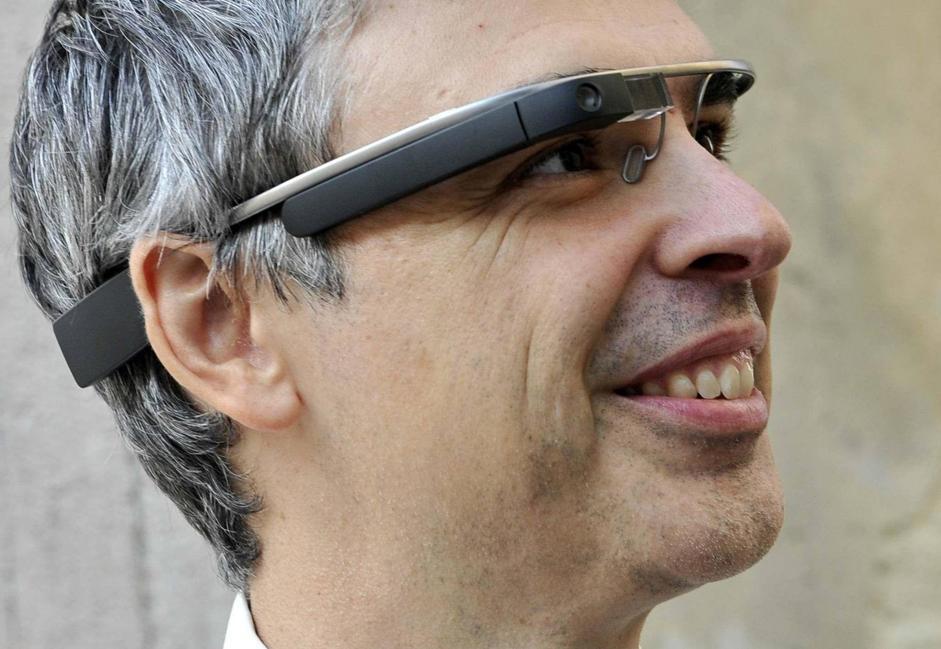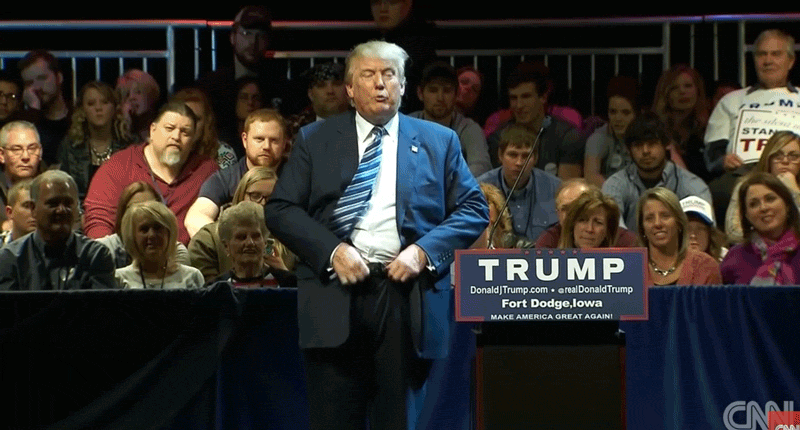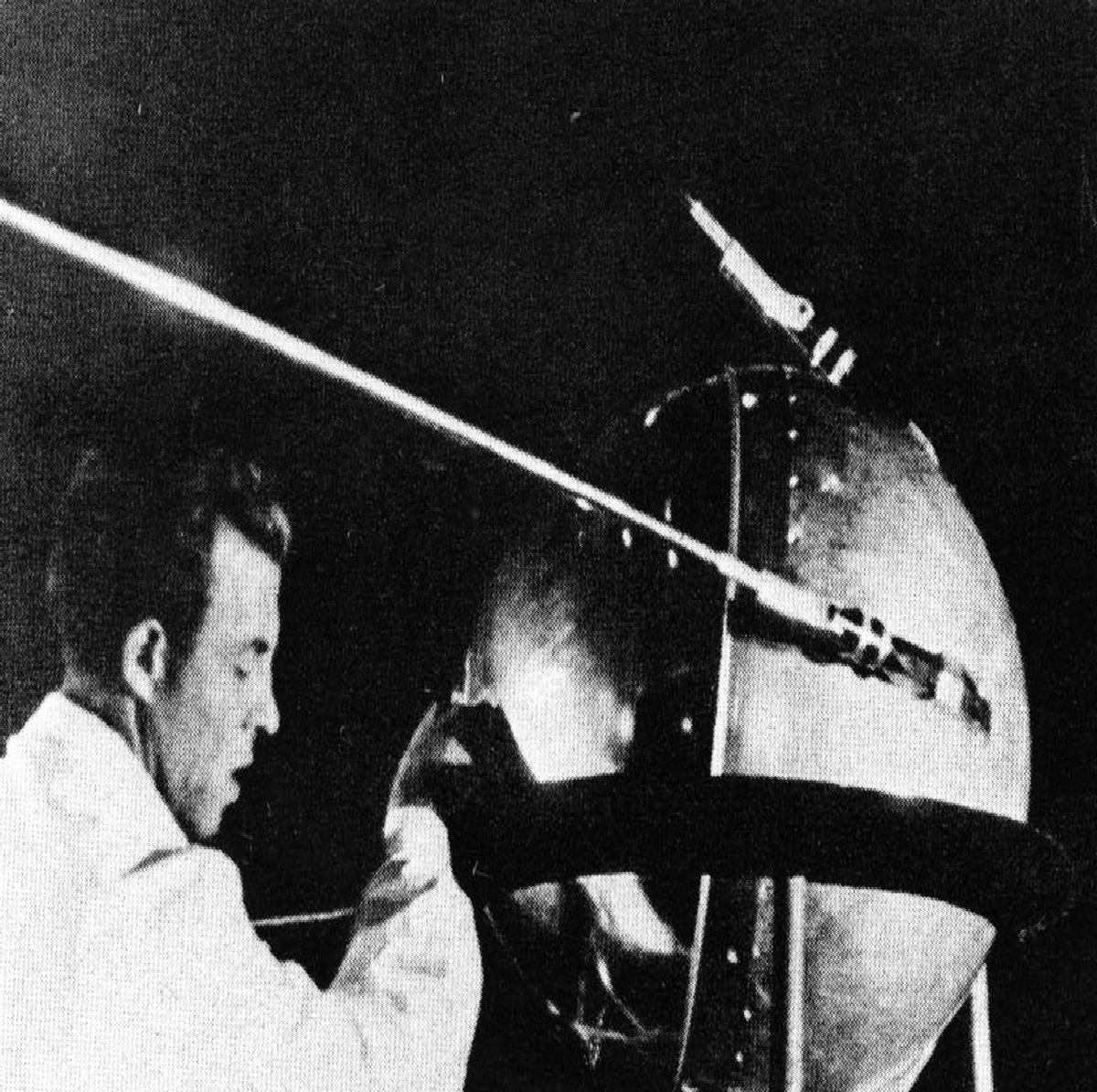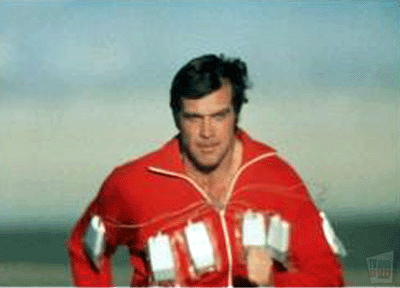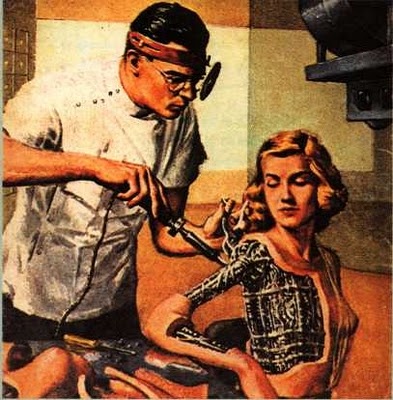Scott Kelly, who’s nearing the end of a one-year stint aboard the International Space Station, just conducted an Ask Me Anything at Reddit. Because the astronaut and his inquisitors are human, many of the questions had to do with urine, food and sleep. A few exchanges follow.
________________________________
Question:
What is the largest misconception about space/space travel that society holds onto?
Scott Kelly:
I think a lot of people think that because we give the appearance that this is easy that it is easy. I don’t think people have an appreciation for the work that it takes to pull these missions off, like humans living on the space station continuously for 15 years. It is a huge army of hard working people to make it happen.
________________________________
Question:
During a spacewalk what does it feel like having nothing but a suit (albeit a rather sophisticated one) between you and space?
Scott Kelly:
It is a little bit surreal to know that you are in your own little spaceship and a few inches from you is instant death.
________________________________
Question:
Upon completing your year in space, if the offer was on the table, would you do a two-year space mission in the future? And why? Would it depend on the mission (Moon, Mars, ISS again)?
Scott Kelly:
It would definitely depend on the mission. If it was to the moon or Mars, yeah I would do it.
________________________________
Question:
What’s the creepiest thing you’ve encountered while on the job?
Scott Kelly:
Generally it has to do with the toilet. Recently I had to clean up a gallon-sized ball of urine mixed with acid.
________________________________
Question:
Why do you always have your arms folded?
Scott Kelly:
Your arms don’t hang by your side in space like they do on Earth because there is no gravity. It feels awkward to have them floating in front of me. It is just more comfortable to have them folded. I don’t even have them floating in my sleep, I put them in my sleeping bag.
________________________________
Question:
Could you tell us something unusual about being in space that many people don’t think about?
Scott Kelly:
The calluses on your feet in space will eventually fall off. So, the bottoms of your feet become very soft like newborn baby feet. But the top of my feet develop rough alligator skin because I use the top of my feet to get around here on space station when using foot rails.
________________________________
Question:
What’s it like to sleep in 0G? It must be great for the back. Does the humming of the machinery in the station affect your sleep at all?
Scott Kelly:
Sleeping here is harder here in space than on a bed because the sleep position here is the same position throughout the day. You don’t ever get that sense of gratifying relaxation here that you do on Earth after a long day at work. Yes, there are humming noises on station that affect my sleep, so I wear ear plugs to bag.
________________________________
Question:
Does the ISS have any particular smell?
Scott Kelly:
Smells vary depending on what segment you are in. Sometimes it has an antiseptic smell. Sometimes it has an odor that smells like garbage. But the smell of space when you open the hatch smells like burning metal to me.
________________________________
Question:
What will be the first thing you eat once you’re back on Earth?
Scott Kelly:
The first thing I will eat will probably be a piece of fruit (or a cucumber) the Russian nurse hands me as soon as I am pulled out of the space capsule and begin initial health checks.
________________________________
Question:
What ONE thing will you forever do differently after your safe return home?
Scott Kelly:
I will appreciate nature more.•


